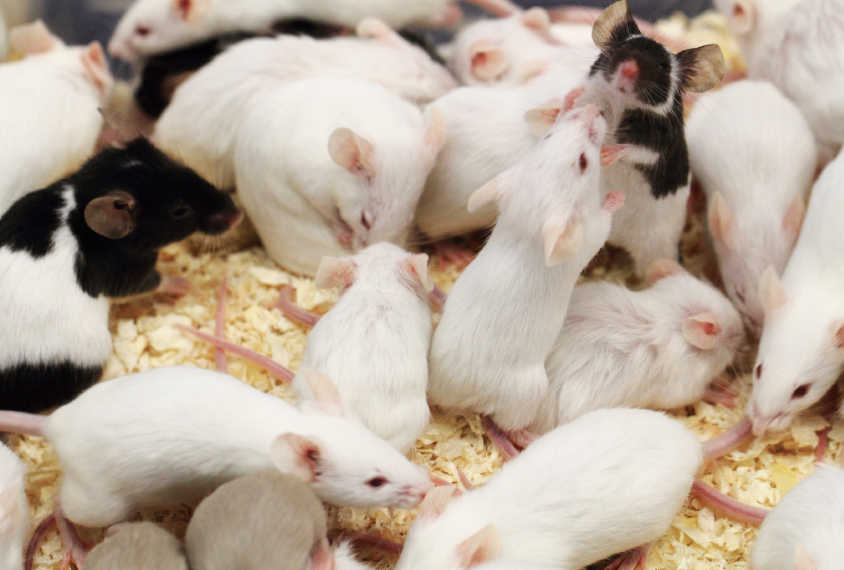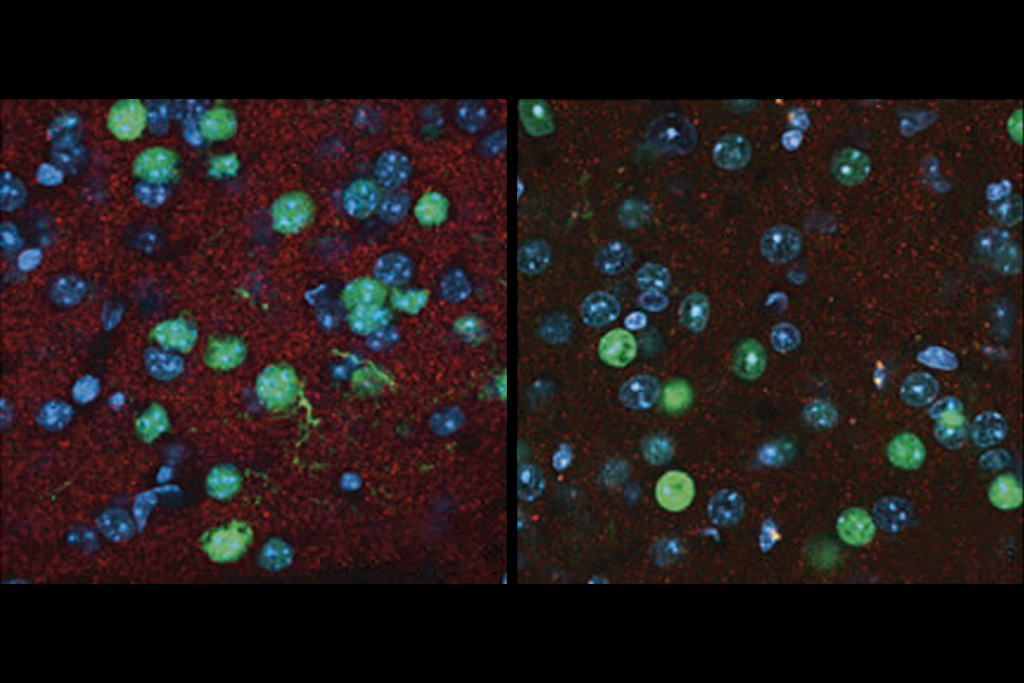
Database compares protein function across dozens of mouse strains
A new resource details the protein-coding portions of the genomes of 36 popular mouse strains.
A new resource details the exomes, or protein-coding portions of the genome, of 36 popular mouse strains1.
The database, called Mousepost, could help researchers compare the strains and select the best one for their study — or interpret their results on one they previously chose.
Other databases, such as the Mouse Genome Informatics Gene Expression Database and the Mouse Genomes Project, also catalog the genomes of various mouse strains. But searching through them is time-consuming. Mousepost connects the gene, mutation type and change in protein function in a way that is easy to navigate.
The team chose the C57BL/6J mouse — a strain widely used in autism research — as their reference2. They compared RNA transcripts of its more than 20,000 genes with those of 35 other strains in the database.
Three types of mutations emerged: Some mutations result in shortened proteins, whereas others produce elongated proteins or affect single amino acids2. The team used a software tool called PROVEAN to generate a score that predicts whether a mutation changes the protein’s function.
Users can search for a particular strain and compare that strain with C57BL/6J. Mousepost highlights any mutations and specifies each mutation’s type, location and PROVEAN score. If a mutation changes a protein’s length, Mousepost compares the length of the amino acid chain with that of the reference strain.
Researchers also can search for a specific gene or chromosome among all the mouse strains or compare two strains directly to find all of the differences between them. Each listed mutation includes links to UCSC Genome Browser, e!Ensembl and PubMed for related studies on that mutation and more detailed transcript information. The researchers also compared C57BL/6J with the other strains to see whether the reference has any mutations that deviate from the majority3.
The researchers launched the database in September and described it in Trends in Genetics. They plan to expand it by adding more mouse strains. The team also aims to include copy number variants — large deletions or duplications in the genome — and noncoding parts of the genome, such as microRNAs.
References:
Recommended reading
Home makeover helps rats better express themselves: Q&A with Raven Hickson and Peter Kind

Genetic profiles separate early, late autism diagnoses

SHANK3 deficiency and behavior in mice; and more
Explore more from The Transmitter

Beyond the algorithmic oracle: Rethinking machine learning in behavioral neuroscience
